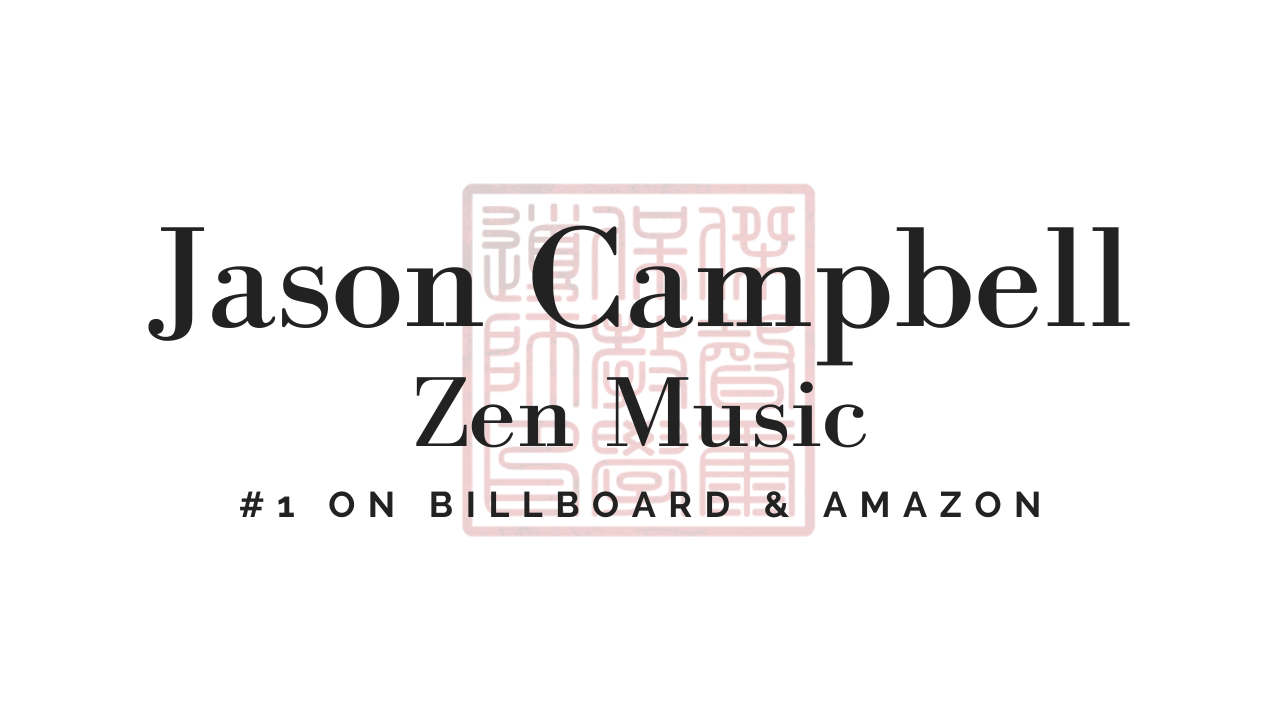Mastering Distraction and Finding Center
In the fast-paced world of entrepreneurship and daily life, distractions are inevitable. These distractions exist in two forms: external and internal. External distractions are easy to identify—the phone ringing, emails flooding in, the endless stream of notifications. They are tangible, obvious, and often, we believe they are the primary culprits of our lack of focus. However, internal distractions, the ones we carry within us, are the true challenge. These are the restless thoughts, the emotions, the discomforts that make us reach for our phones, snacks, or anything that pulls us away from the present task.
Mastery begins with the ability to sit with discomfort. When we feel unsettled, there is an urge to escape—to check a message, to fidget, to fill the space with something else. But true growth lies in recognizing that discomfort and staying with it. Mastery is not about eliminating distractions altogether but developing the awareness to acknowledge them and return to center. Internal distractions are often more powerful than external ones because they arise from within. They are rooted in our emotions, fears, and habits. Unlike external distractions, which can be silenced or removed, internal distractions require intentional effort to manage.
A simple yet powerful tool for regaining focus is breath control. Box breathing, a method rooted in ancient practices, provides a way to recenter. By inhaling for a count, holding, exhaling, and holding again, the mind becomes anchored. It is a practice that requires nothing external—no special music, no guided meditation—just breath and awareness. When distractions pull us away from our work or personal goals, this technique serves as an immediate reset, helping us regain clarity and focus.
In moments of heightened distraction, breath serves as the bridge back to clarity. A structured breathing practice, whether brief or extended, sharpens focus. It is the equivalent of a lumberjack sharpening their blade rather than endlessly swinging a dull axe. Without pausing to reset, productivity dwindles, and clarity is lost. The person who takes time to sharpen their mental focus through intentional breathwork and awareness will always outperform the one who pushes forward without pause.
Beyond breathing, the ability to observe thoughts without attachment is another essential practice. When the mind is chaotic, asking the simple question, “What will my next thought be?” introduces stillness. Like a cat watching a mouse hole, waiting with anticipation, this practice brings awareness to the moment, allowing thoughts to settle naturally. Rather than forcing thoughts away or trying to suppress them, simply observing them from a distance creates space between the self and the mental noise. This space is where clarity and creativity emerge.
Training the mind to sit with discomfort, rather than reacting to it, builds resilience. The ability to recognize distraction and consciously return to focus strengthens over time. Every moment spent practicing breath control or observing thoughts is a deposit into an internal energy reserve, enhancing both productivity and well-being.
With discipline, small moments of breathwork and observation create a profound shift. Over time, they strengthen the ability to navigate distractions with ease, to sit with discomfort without reaction, and to return to the present with clarity. The investment in mastering these practices is an investment in oneself, yielding results not just in business, but in life. Instead of being controlled by distractions, one learns to master them, transforming every challenge into an opportunity for growth.

